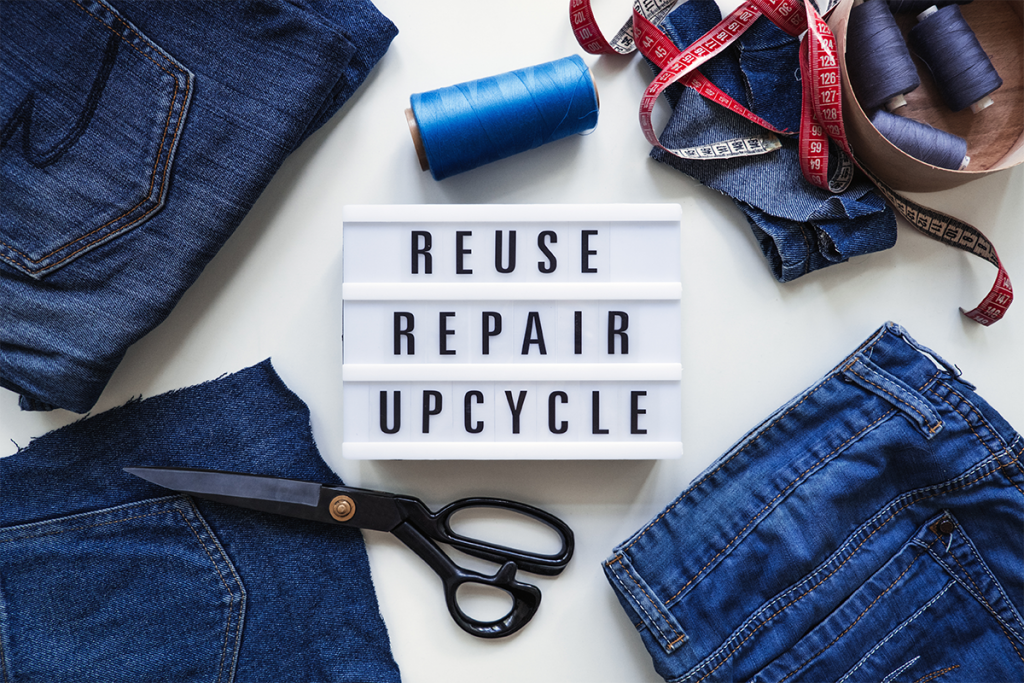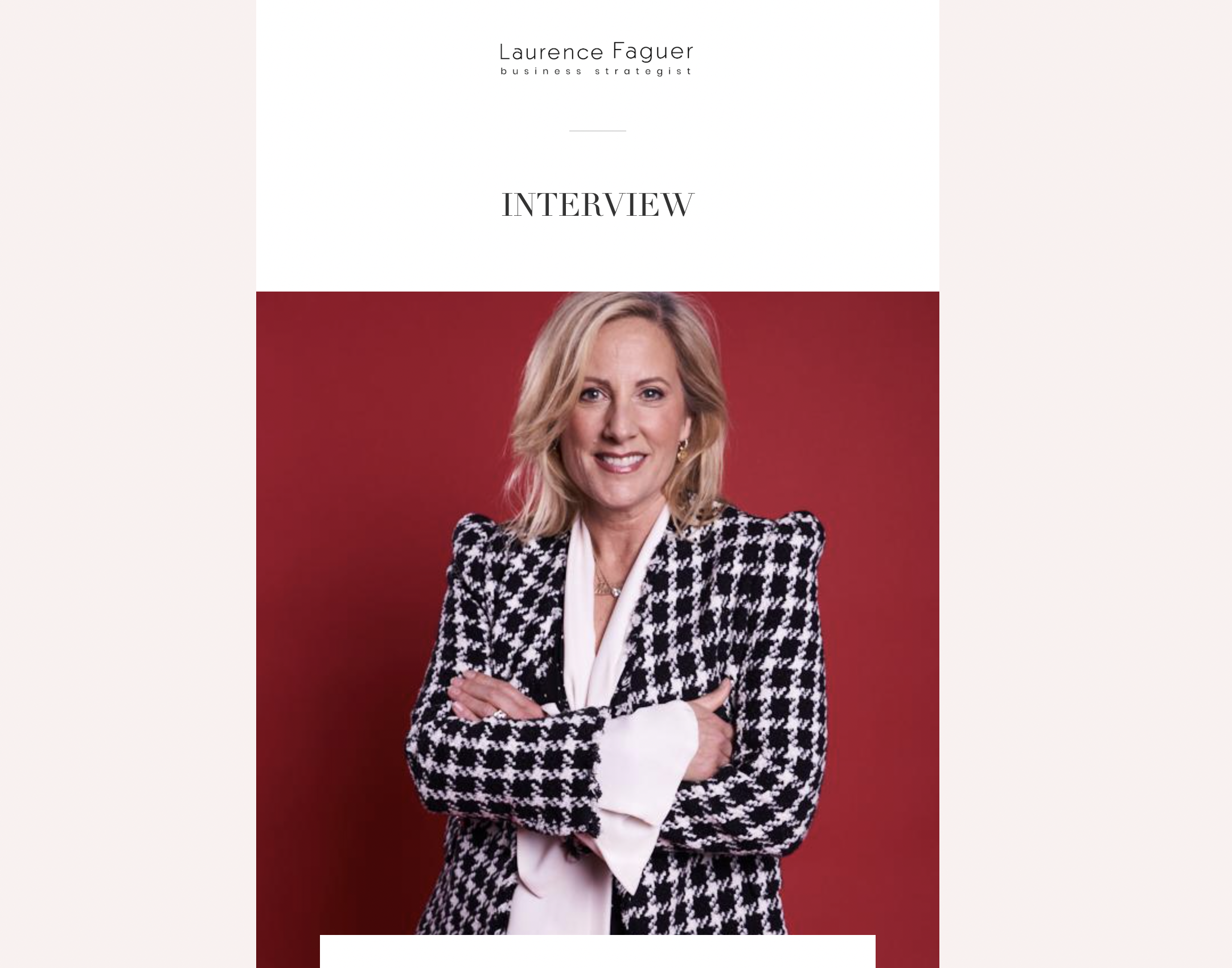Table of contents
Sustainable fashion and the circular economy are becoming increasingly important topics for consumers as they hunt for their latest outfits. It’s no longer just about the look, but more about the sustainable credentials of the fashion they buy.
And as consumer ideals change so has the willingness to pay more, with many moving away from the days of throwaway fashion and being more open to investing more in sustainable clothing options.
In March the EU Commission announced plans to introduce labelling on clothes to inform customers how easily recyclable and environmentally friendly they are as part of wider plans to improve fashion sustainability and retailers themselves are responding to the new customer need.
Although the appetite is growing among consumers, understanding where that demand sits within your customer base can be tough. How do you surface your sustainability credentials to the right customers at the right time?
Do you go all out with your marketing and risk turning off those customers who can’t or won’t spend more on more sustainable fashion pieces? Or do you adopt a subtler approach that still highlights your key pieces and messages when customers are browsing online but doesn’t ram the message down their throats?
The main trends emerging in sustainable fashion
Several trends are emerging in addition to retailers simply selling items that are sustainably produced or sourced. They include retailers providing second-hand routes for their product resale, providing their clothing for hire and improving recycling options for end-of-life products.
An example of this is New Look, which launched its circularity initiative with resale platform Re-Fashion in 2021. It encourages customers to send items they no longer wear, via their nearest Collect+ destination, to be repaired or upcycling by Re-Fashion before being put on the company’s website for resale.
Meanwhile, M&S has been collaborating with clothing rental company Hirestreet since November 2021, allowing customers to hire items from its range. It has just launched its latest spring collection, with items available to hire from £10.
When it comes to recyclability H&M possibly tops it all with the recent announcement of a new range of organic cotton baby clothes that are 100% biodegradable. That means they can literally be added to the compost pile along with the veg cuttings. It is the first of the company’s clothing collections to be compostable.
Customer willingness to pay
In the UK three-quarters of consumers consider the sustainability of a fashion item before, after or during purchase, according to a recent report by Drapers. But although such customers are wanting retailers to adopt sustainable or ethical practices, price (80%) and quality (83%) are also important considerations amongst customers.
But the demand is there. The Drapers report found that 54% of UK shoppers had made a conscious decision to be more sustainable in their fashion purchasing decisions and 38% had bought something because it was made of sustainable materials.
And it found more than a third (37%) of consumers had bought second-hand fashion online, rising to around half for shoppers under 35.
So how do you surface sustainable information?
Discoverability is key. Your brand might be centred around sustainability or, more likely you are a mainstream retailer trying to understand and meet your customers’ needs for sustainable fashion. So how do you surface the sustainability credentials of your clothing ranges when shoppers are looking online?
Social Proof Messaging can help you to highlight to potential customers the sustainable items you have within your fashion range.
It works by sharing the sustainable attributes of products and highlighting the most popular items. So it might be sharing messages such as ‘30 people are looking at this jacket made with recycled fibres.’
It’s informative but it’s not a pushy sales message. Instead, it works by highlighting the sustainable options that you offer, making it easier for consumers to play their part when it comes to making better purchasing choices for the environment.
Secondly, it shows the popularity of such items amongst your customer base. It shows your customer that others like them are browsing and buying sustainable fashion, helping to add the peer persuasion that could convince them to ultimately buy.
Social proof messaging offers you valuable opportunities, not only in providing details about the sustainable options that you offer but also in assessing the appetite amongst your own customers.
And they may be hungrier for sustainable fashion than you think.
If you’re attending Drapers Sustainable Fashion event on the 21st April, swing by either stand 5 or 14 for a chat with Team Taggstar!



